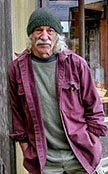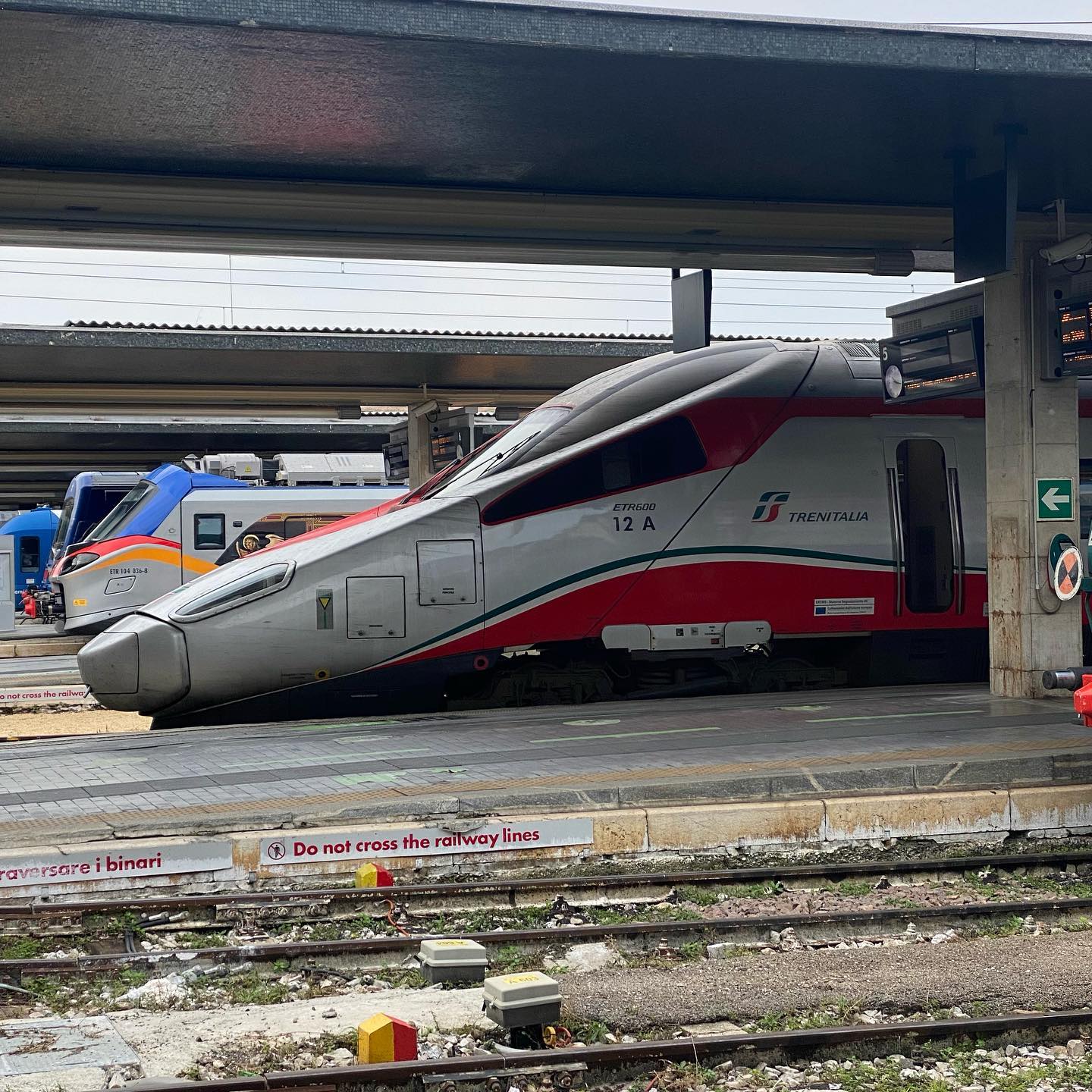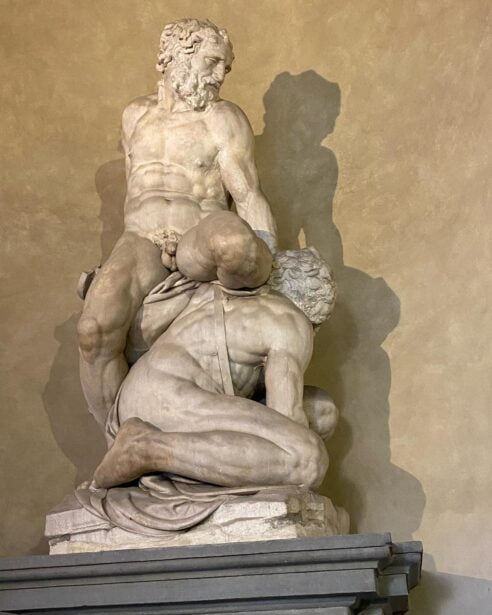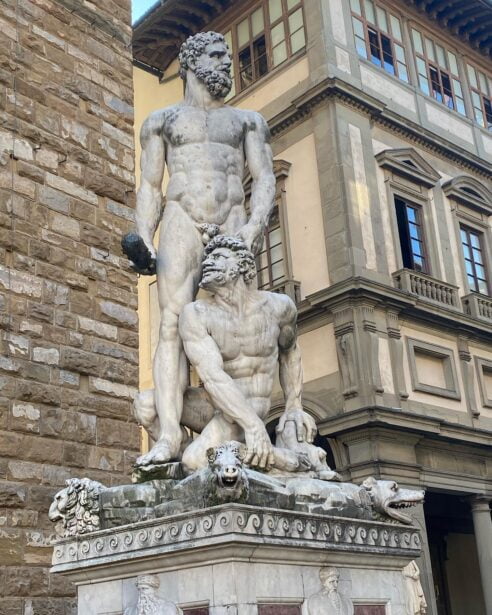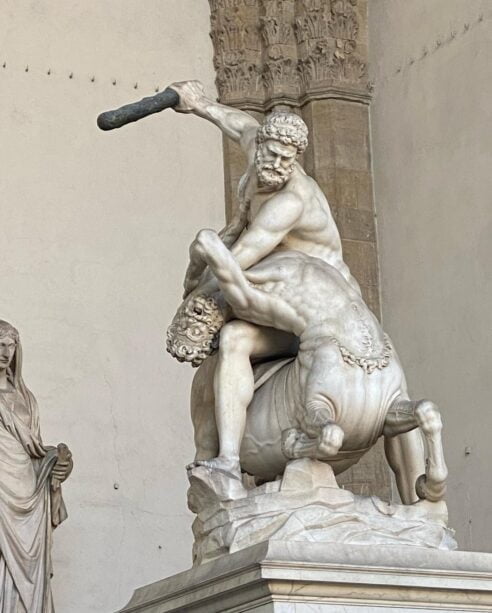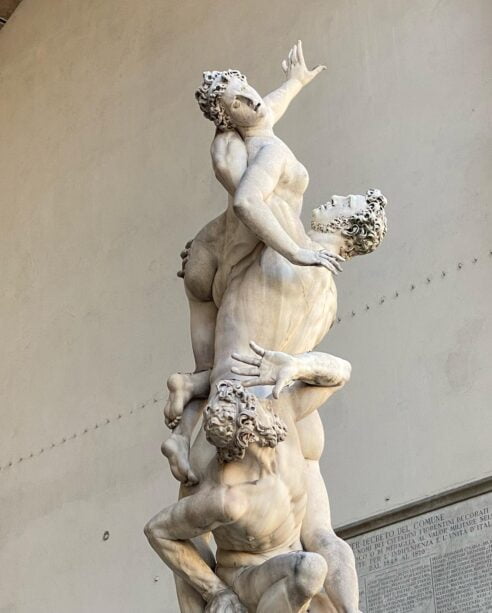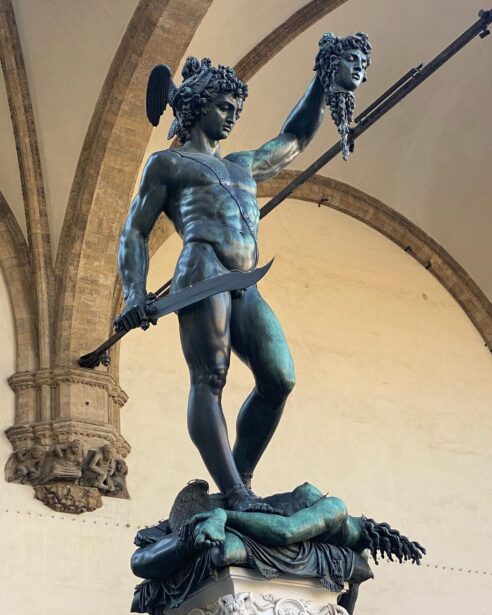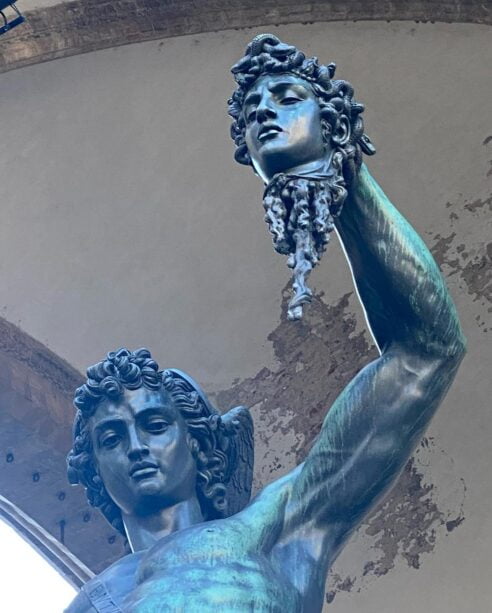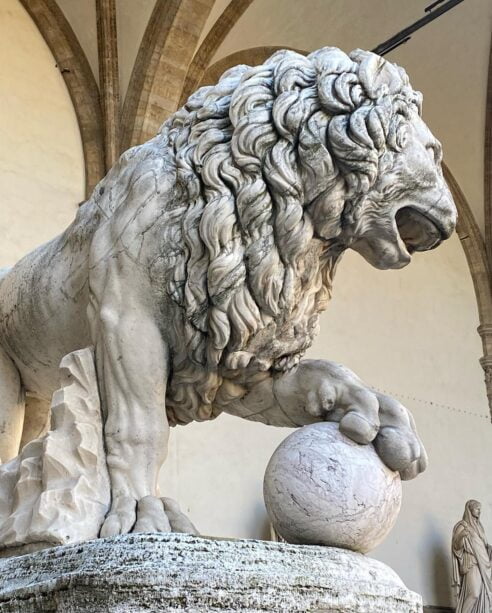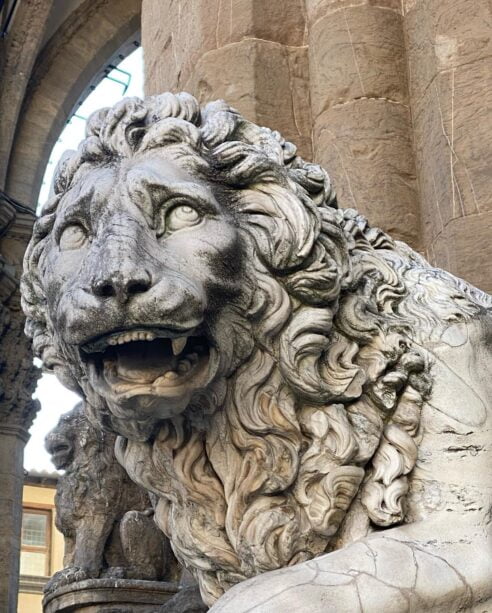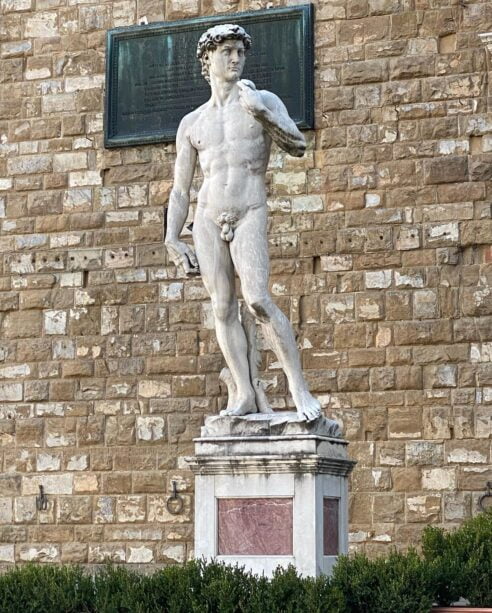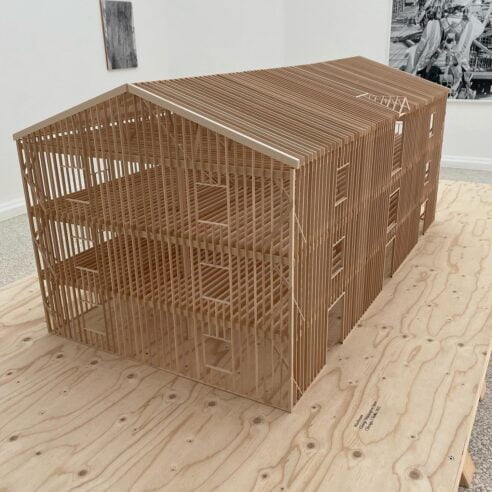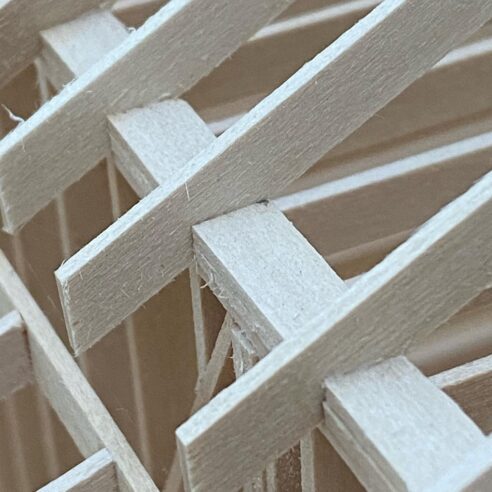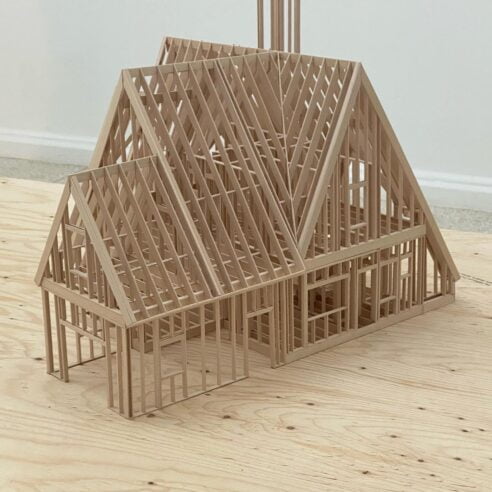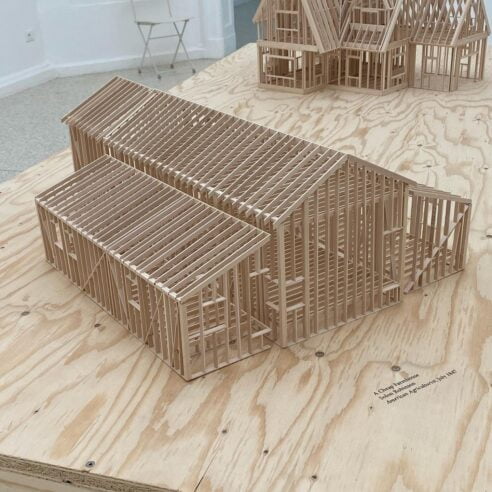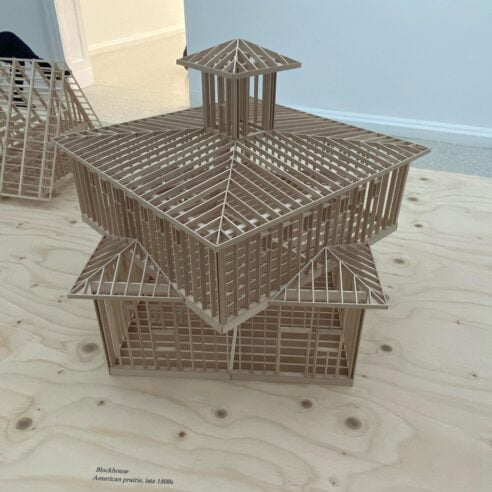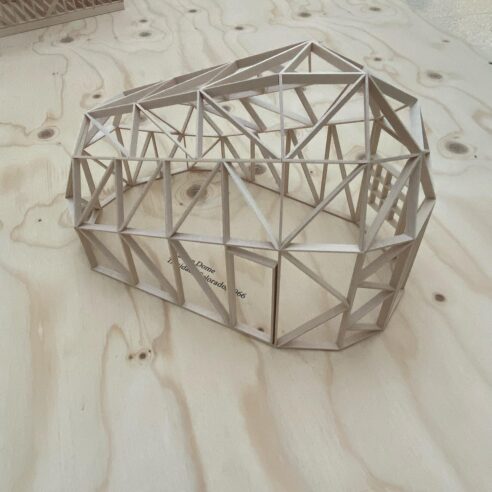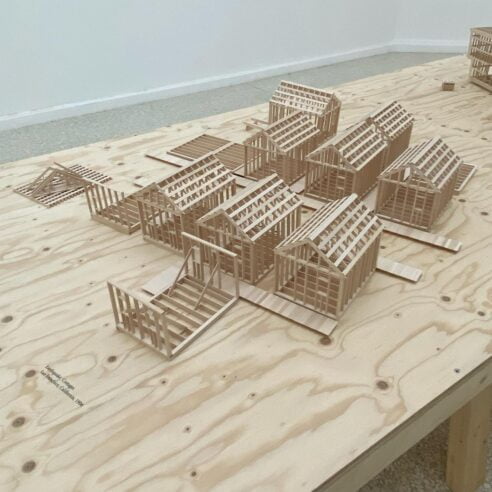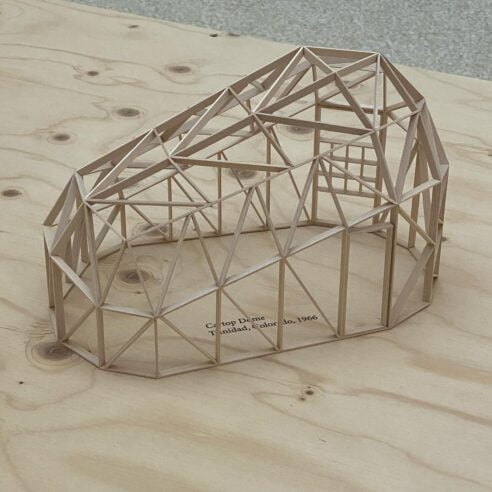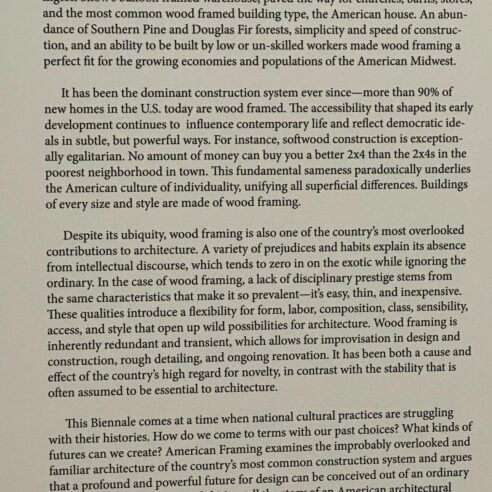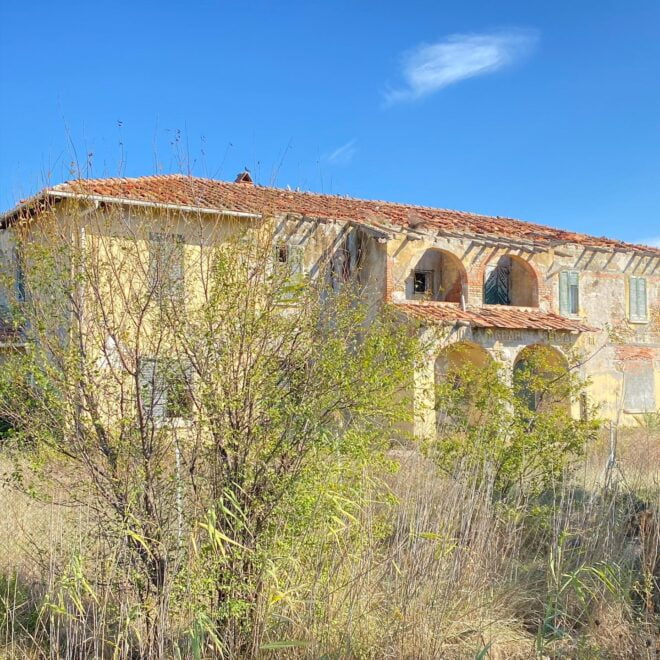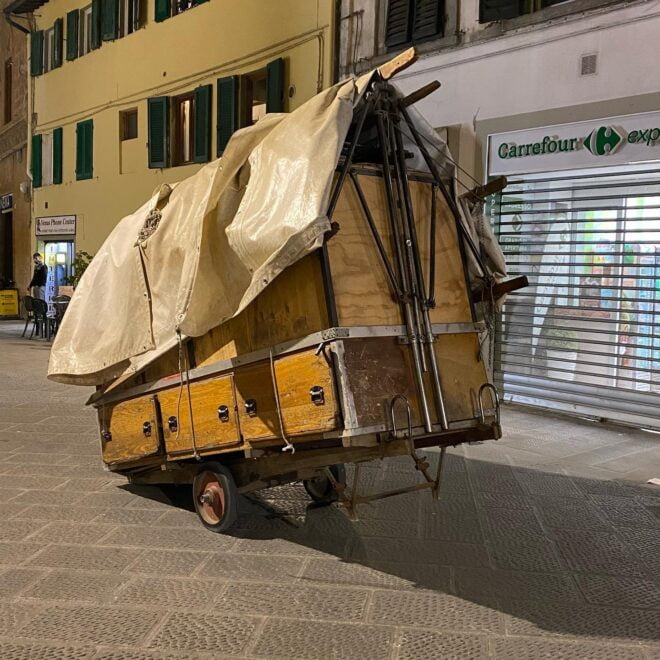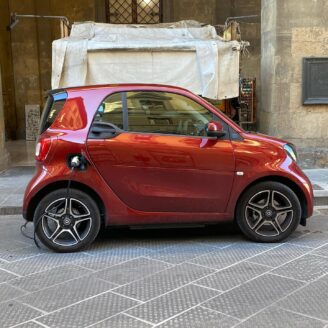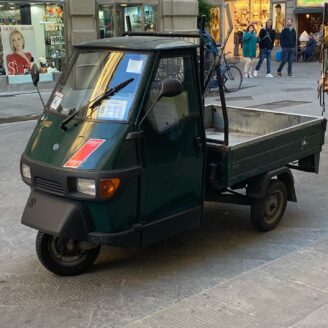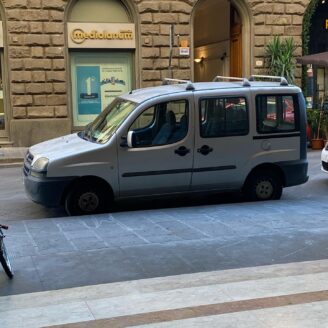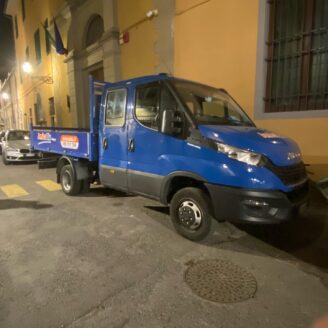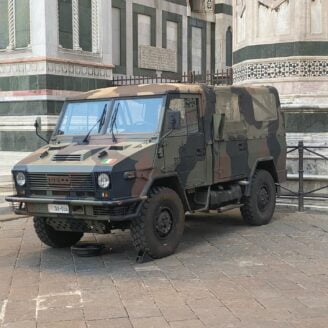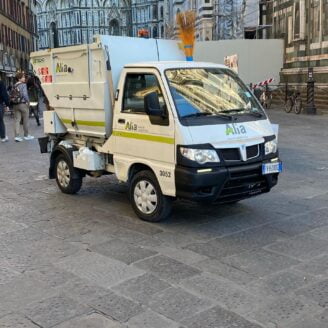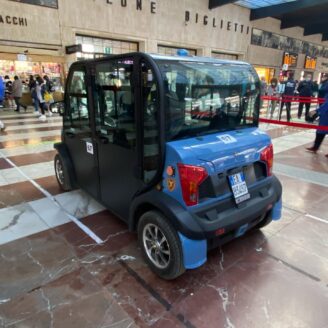
A (grainy) photo of the Shelter crew in my dome at lunch time, summer, 1973. L-R: Me, Joe Bacon, baby Chandra, Bob and Jeanine
In the late ’60s, Bob was my conspirator in crime, and best friend. We met in Big Sur in ’67 or so, just as the countercultural revolution was in full swing. We were excited by rock and roll, owner-building, photography, the media, Buckminster Fuller, geodesic domes, and going beyond ’50s homogeneity and beatnik negativity.
In 1970, we took one week, borrowing the Whole Earth Catalog studio in the Santa Cruz mountains, and produced Domebook One. In 1971, we rented an old lakeside resort in the Santa Barbara mountains for a month and again, borrowing WEC typesetting and camera equipment, produced Domebook 2.
In 1973, Bob and his wife Jeanine and baby Chandra moved to Bolinas for three months while we worked on Shelter. I would write or edit text, Joe Bacon (“fastest typist in the west”) would do the typesetting, and Bob would design the pages. He did this by hand-drawing each two-page spread on architectural drafting paper, and the pages would be prepared accordingly. Analog book production.
Bob would edit me and we argued a lot, but it was an iterative process that fine-tuned the book.
We were both fans of Life Magazine, and felt that each two-page spread should stand alone and be visually balanced.
People tend to think of me as the sole producer of Shelter and Bob doesn’t get enough credit for what he did. Without him, Shelter would not exist in its graphically exciting and hip form. We were fans of all the changes of the ’60s and throughout the book, commented on old ways that should be cleared out for the new.
After Shelter, Bob went full-time into architecture, with an exception, being co-author, along with Peter Nabokov, of Native American Architecture.

